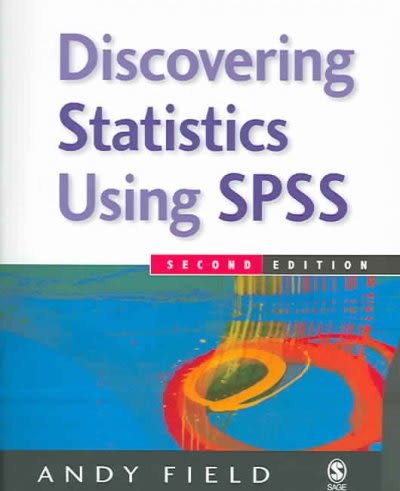I am going to extend the example from the previous chapter (advertising and different imagery) by adding
Question:
I am going to extend the example from the previous chapter (advertising and different imagery) by adding a between-group variable to the design. To recap, in case you haven't read the previous chapter, participants viewed a total of nine mock adverts over three sessions. In these adverts there were three products (a brand of beer, Brain Death, a brand of wine, Dangleberry, and a brand of water, Puritan). These could be presented alongside positive, negative or neutral imagery. Over the three sessions and nine adverts each type of product was paired with each type of imagery (read the last chapter if you need more detail). After each advert participants rated the drinks on a scale ranging from -100 (dislike very much) through 0 (neutral) to 100 (like very much). The design, thus far, has two independent variables: the type of drink (beer, wine or water) and the type of imagery used (positive, negative or neutral). These two variables completely cross over, producing nine experimental conditions. Now imagine that I also took note of each person's gender. Subsequent to the previous analysis it occurred to me that men and women might respond differently to the products (because, in keeping with stereo- types, men might mostly drink lager whereas women might drink wine). Therefore, I wanted to reanalyse the data taking this additional variable into account. Now, gender is a between-group variable because a participant can be only male or female: they cannot participate as a male and then change into a female and participate again! The data are the same as in the previous chapter (Table 11.3) and can be found in the file MixedAttitude.sav. Run a mixed ANOVA on these data.
Step by Step Answer:







